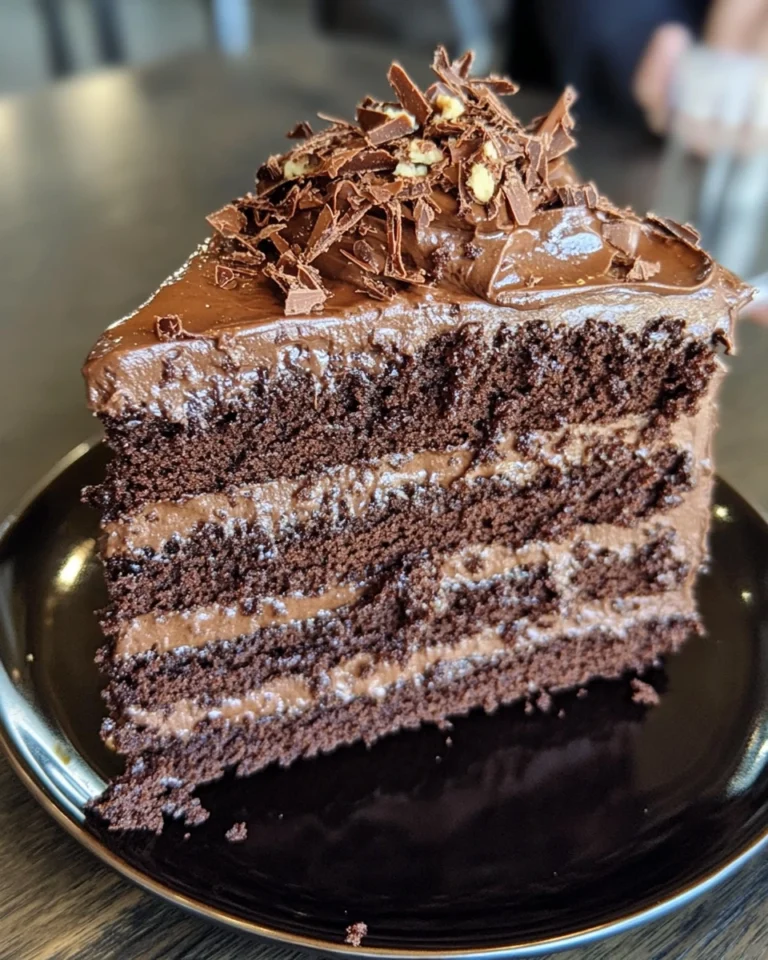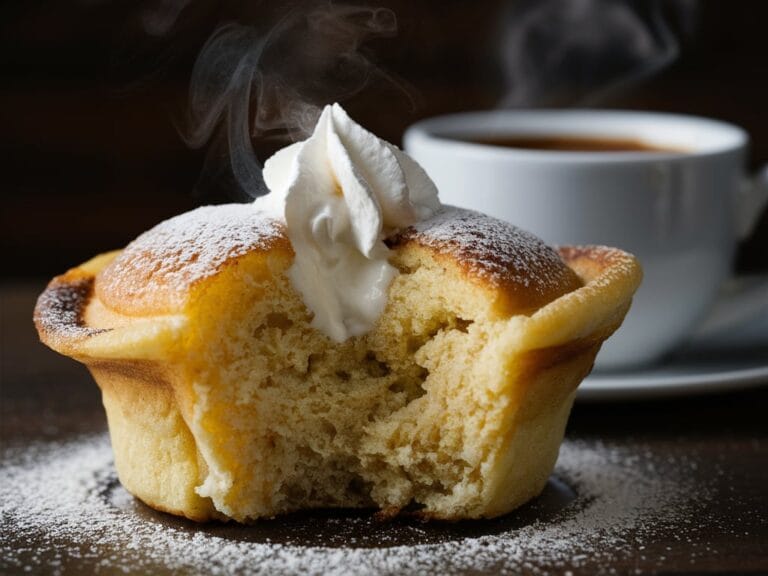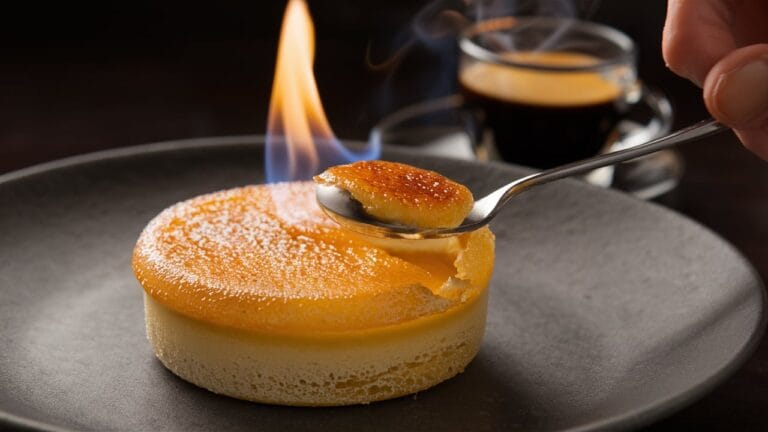Is Heavy Whipping Cream Good for Baking? Benefits, Tips
Is Heavy Whipping Cream Good for Baking?
When it comes to baking, heavy whipping cream is one of the most versatile and enriching ingredients you can use. Whether you’re aiming to add moisture to cakes, create a fluffy texture in pastries, or whip up a delectable topping, heavy whipping cream can elevate your baking game. But is it really good for baking? In this comprehensive article, we’ll explore why heavy whipping cream is a must-have in your kitchen, the best ways to use it, how it compares to other dairy products, and much more.
What is Heavy Whipping Cream?
Heavy whipping cream is a dairy product made by skimming the high-fat layer that rises to the top of milk. It contains about 36% fat, making it richer and thicker than regular whipping cream, which has a fat content of 30-35%. This higher fat content gives heavy whipping cream its thick consistency and makes it ideal for a variety of baking applications, from creating moist cakes to achieving flaky pie crusts.
The main distinction between heavy whipping cream and heavy cream is almost negligible; both are often used interchangeably in recipes. The richness and creaminess of heavy whipping cream make it a versatile ingredient, perfect for both sweet and savory dishes. For more details on the versatility of heavy cream, see Why Add Heavy Cream to Cinnamon Rolls.
Why Is Heavy Whipping Cream Good for Baking?
Richness and Flavor
One of the primary reasons to use heavy whipping cream in baking is the richness it imparts. The high-fat content adds a buttery flavor and smooth texture that enhances the taste of your baked goods, from cakes and muffins to pastries and pie fillings. This fat content provides an indulgent quality, making each bite more satisfying. Heavy whipping cream is often used in recipes where moisture and a soft crumb are desired, such as in Prune Cupcakes: Healthy and Moist Treat.
Moisture Retention
Baked goods can lose moisture quickly, especially when exposed to air. This can result in dry, hard textures that are far from ideal. The fat in heavy whipping cream helps retain moisture, ensuring that cakes, muffins, and other baked goods remain soft and fresh longer. For example, using heavy cream in pastries ensures a tender crumb that stays moist, even after a few days.
Stability and Structure
Another advantage of using heavy whipping cream in baking is its ability to hold its shape when whipped. This makes it perfect for cake toppings, pie fillings, and other desserts that require a stable, fluffy texture. Heavy whipping cream can be whipped into firm peaks that don’t easily deflate, providing both visual appeal and structural integrity to your desserts. Learn more about how heavy cream contributes to creating stable desserts in Cinnamon Rolls with Heavy Whipping Cream: The Secret to Soft, Gooey Perfection.
Versatility in Recipes
Heavy whipping cream is incredibly versatile in the kitchen, serving multiple purposes across a range of dishes. Its uses span from creating the perfect whipped cream topping to adding richness to sauces and custards. It’s an essential ingredient for:
- Cakes: Enhances moistness and texture, contributing to a soft, tender crumb.
- Pastries and Pies: Adds fat to create flaky layers and creamy fillings.
- Custards and Creams: Provides a rich base for custards, ganache, and dessert fillings.
- Whipped Cream: Produces a stable, airy topping or filling for cakes and pies.
- Ice Cream and Sauces: Serves as a key ingredient in homemade ice creams, sauces, and soups.
Comparison: Heavy Whipping Cream vs. Other Dairy Products
Heavy Whipping Cream vs. Milk
Milk is a common ingredient in baking, but it has a lower fat content compared to heavy whipping cream. While milk can provide moisture, it lacks the richness that heavy cream offers. Milk is ideal for recipes where a lighter texture is desired, such as in some bread and muffin recipes.
Heavy Whipping Cream vs. Half-and-Half
Half-and-half contains less fat than heavy cream but still adds a touch of creaminess to dishes. It can be used as a lighter alternative in recipes that don’t require the full fat content of heavy cream. However, it won’t provide the same rich, buttery flavor and texture that heavy whipping cream does.
Heavy Whipping Cream vs. Butter
Butter has a higher fat content than heavy cream and contributes a different texture to baked goods. While butter adds richness, it creates a denser texture compared to the light, airy results achieved with heavy whipping cream. In recipes where both richness and a fluffy texture are desired, heavy whipping cream is the better choice.
Heavy Whipping Cream vs. Fresh Cream
Fresh cream has a lower fat content compared to heavy whipping cream and is often used in lighter recipes. It may not provide the same stability or texture as heavy whipping cream, especially in recipes that require a thick, creamy consistency.
Best Practices for Using Heavy Whipping Cream in Baking
To make the most out of heavy whipping cream in your baking endeavors, consider these best practices:
Whipping Techniques
- Achieving Perfect Whipped Cream: When making whipped cream, use cold heavy whipping cream and a chilled bowl and beaters for best results. Whip the cream until soft peaks form, ensuring a light and airy texture. Be careful not to over-whip, as this can turn the cream into butter.
- Incorporating into Batters: Fold whipped cream gently into batters to retain its fluffiness and volume. This technique is particularly useful in mousse, chiffon cakes, and soufflés where lightness is key.
Storage Tips
- Refrigeration: Keep unused heavy whipping cream in the refrigerator at 35-40°F (2-4°C). Use it before its expiration date to maintain its freshness and quality.
- Freezing: While heavy whipping cream can be frozen, it may separate upon thawing. To remedy this, whip the cream slightly after thawing to restore its consistency.
Nutritional Aspects of Heavy Whipping Cream
While heavy whipping cream offers numerous benefits in baking, it is also high in calories and fat. A single tablespoon contains about 50 calories and 5 grams of fat, making it calorie-dense. However, its high-fat content can be advantageous for those following a low-carb or keto diet, as it fits well within their nutritional goals. For more details on how to use heavy cream in keto-friendly recipes, check out the Banana Zucchini Bread Recipe.
Health Benefits
- Keto-Friendly: Due to its high fat and low carbohydrate content, heavy whipping cream is ideal for keto diets.
- Nutrient-Rich: Contains fat-soluble vitamins A, D, E, and K, which are essential for various body functions.
- Promotes Satiety: The fat content in heavy cream can help promote satiety, making you feel full longer.
Potential Downsides
- High in Calories: Due to its high-fat content, heavy whipping cream is calorie-dense and should be used in moderation, especially for those on a calorie-restricted diet.
- Lactose Content: While it is lower in lactose than milk, heavy whipping cream still contains some lactose, which may not be suitable for those with lactose intolerance.
Alternatives to Heavy Whipping Cream
There are several alternatives to heavy whipping cream for those who are lactose intolerant or looking for a lighter option:
Dairy Alternatives
- Half-and-Half and Butter: Combine ¾ cup of half-and-half with ¼ cup of melted butter to mimic the fat content of heavy cream.
- Milk and Butter: Mix ¾ cup of milk with ¼ cup of melted butter to achieve a similar effect. This substitute is ideal for recipes that require both moisture and fat.
Non-Dairy Alternatives
- Coconut Cream: A thick, non-dairy alternative that mimics the texture of heavy cream. It is suitable for vegan or dairy-free baking.
- Soy Cream: Another vegan option, soy cream has a slightly thinner consistency but can work well in many recipes.
- Almond Cream: Made from almonds, this is a good alternative for those avoiding both dairy and soy.
Frequently Asked Questions (FAQs) About Heavy Whipping Cream in Baking
What does heavy whipping cream do in baking?
Heavy whipping cream adds richness, moisture, and stability to baked goods. Its high-fat content enhances flavor and provides a tender texture, making it ideal for cakes, pastries, and other desserts.
Can you substitute heavy whipping cream for milk in baking?
Yes, you can substitute heavy whipping cream for milk, but expect a richer, creamier texture. If the recipe requires a thinner consistency, you may need to dilute the cream with water.
Is heavy whipping cream keto-friendly?
Yes, heavy whipping cream is low in carbohydrates and high in fat, making it a perfect fit for keto-friendly diets.
Can heavy whipping cream replace butter in baking?
Heavy whipping cream can sometimes replace butter in recipes to add richness and moisture. However, the texture will be different since butter has a higher fat content.
What is the difference between heavy cream and heavy whipping cream?
There is little difference between heavy cream and heavy whipping cream. Both contain around 36% fat and can be used interchangeably in most recipes.
Conclusion
Heavy whipping cream is undeniably a versatile and powerful ingredient in baking. Its high-fat content makes it perfect for adding moisture, richness, and stability to a wide range of baked goods, from fluffy cakes to decadent pastries. Whether you’re baking for a special occasion or experimenting with new recipes, heavy whipping cream is the key to achieving delicious results.
While it is calorie-dense, its nutritional benefits make it a valuable addition to any baker’s toolkit, especially for those on low-carb or keto diets. Remember to use it in moderation, store it properly, and try out different alternatives when needed. By incorporating heavy whipping cream into your baking repertoire, you’ll be able to elevate your creations and enjoy more flavorful and satisfying treats!
Explore more delicious recipes and tips for using heavy cream in baking at Aurelia Recipes, such as Prune Cupcakes, Cinnamon Rolls with Heavy Whipping Cream, and Banana Zucchini Bread.







